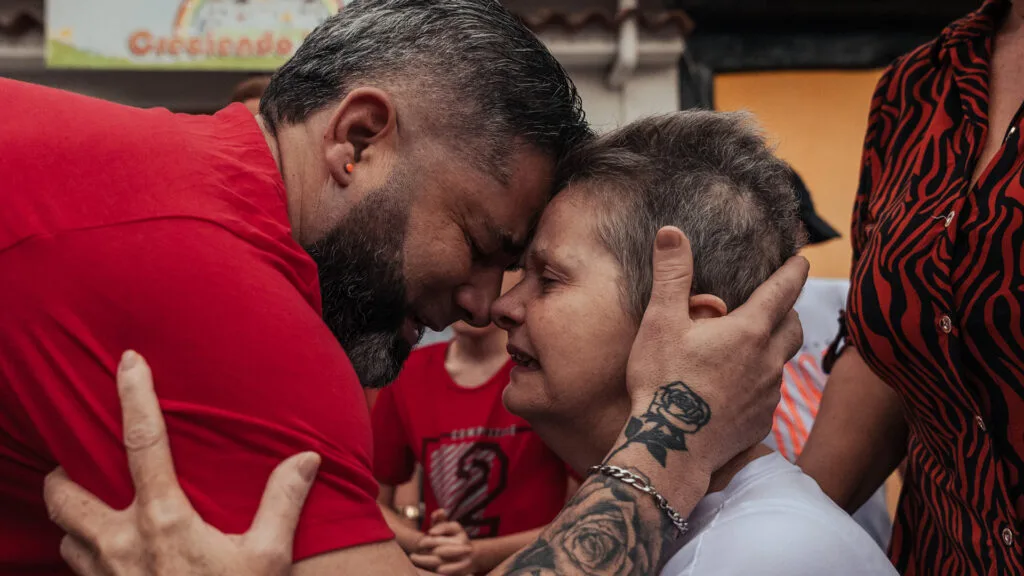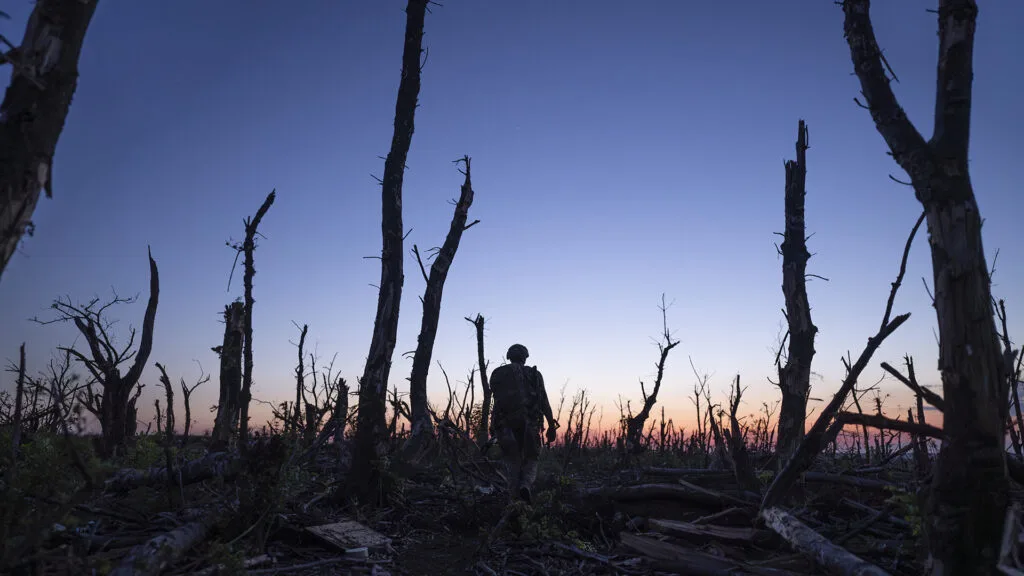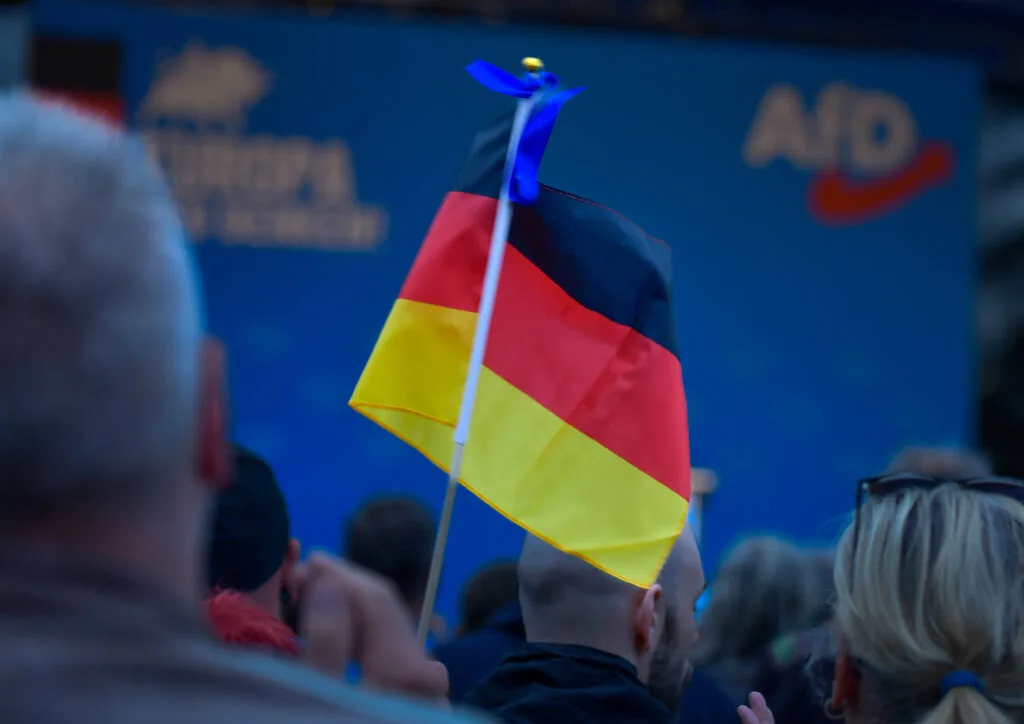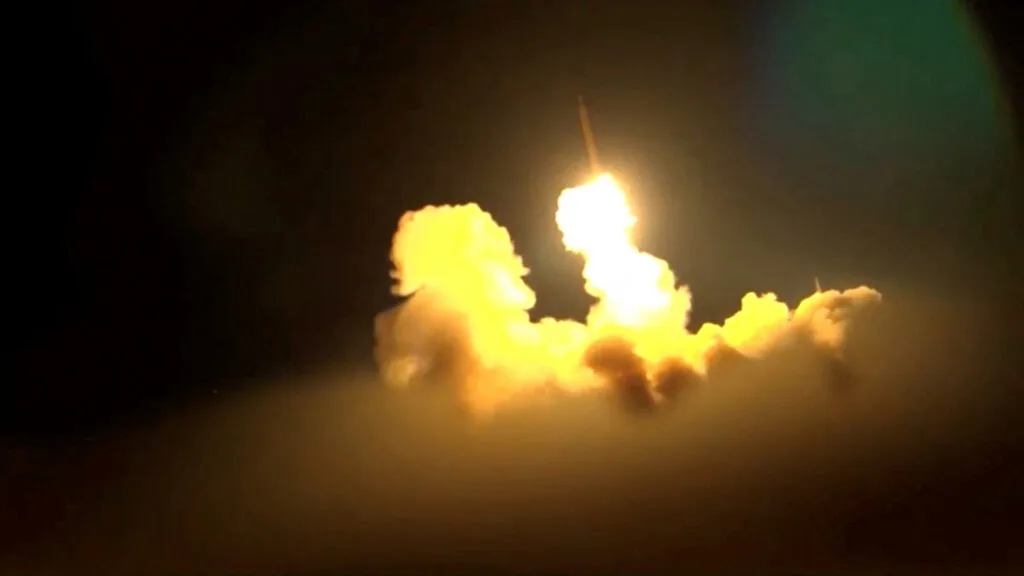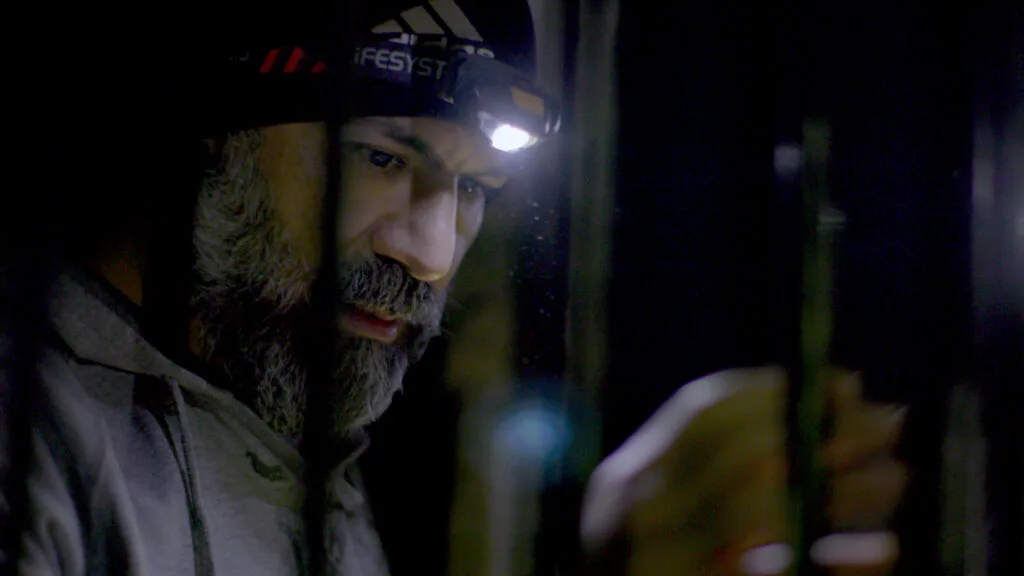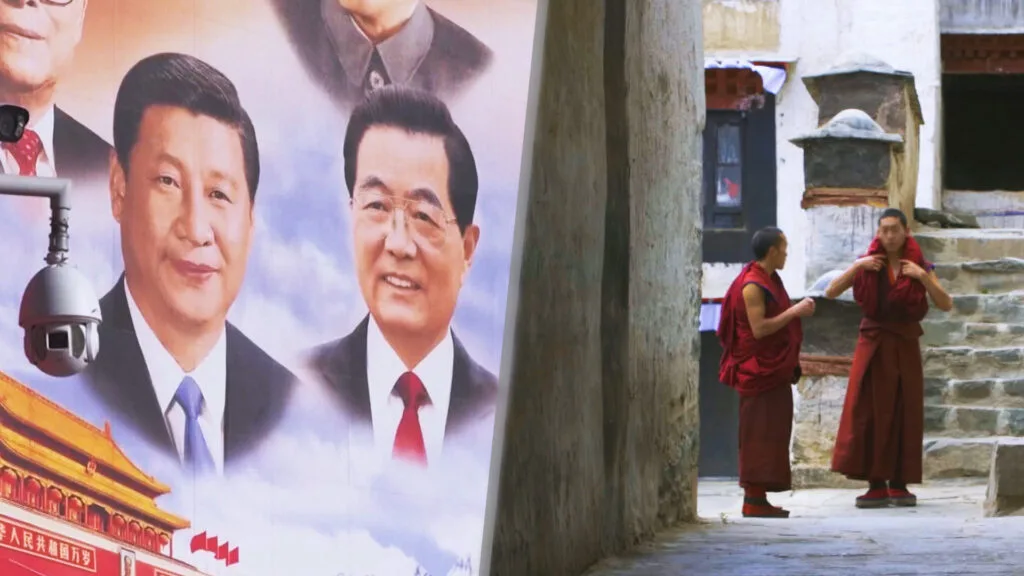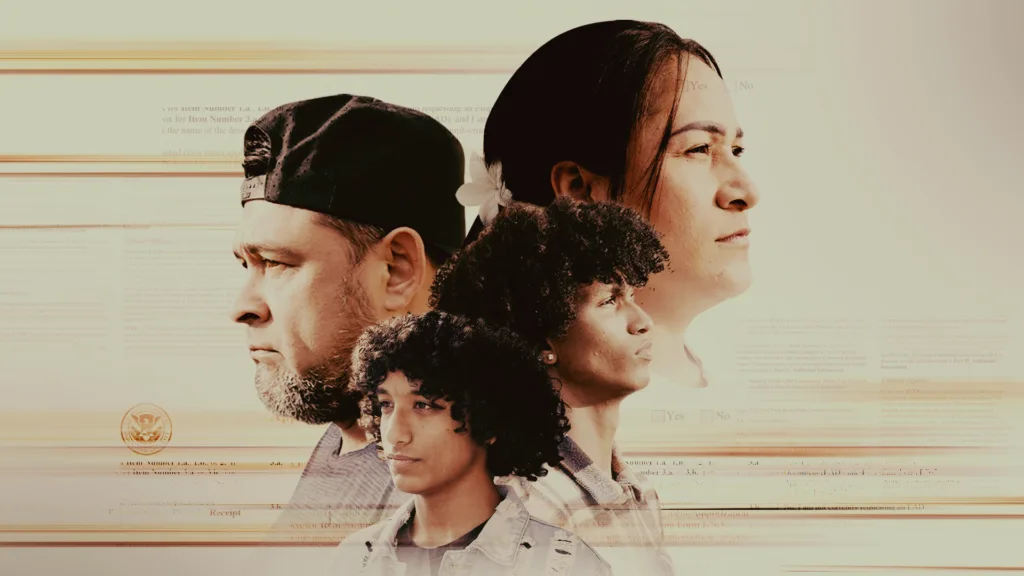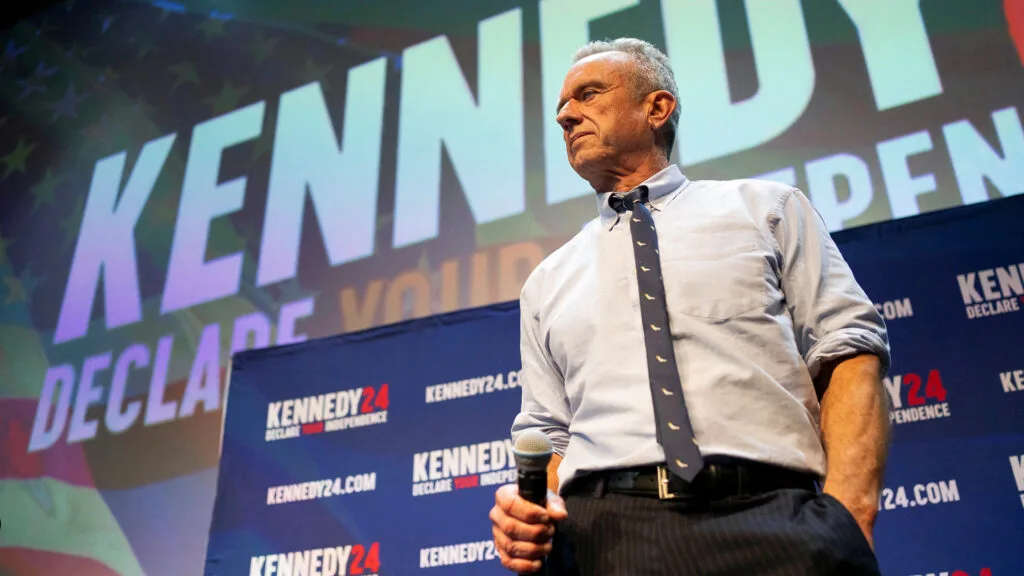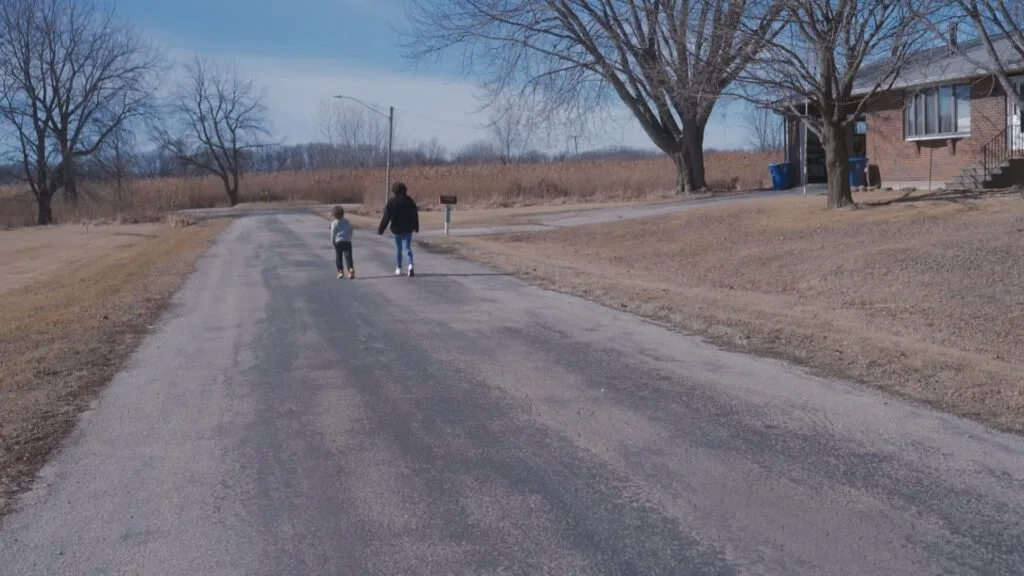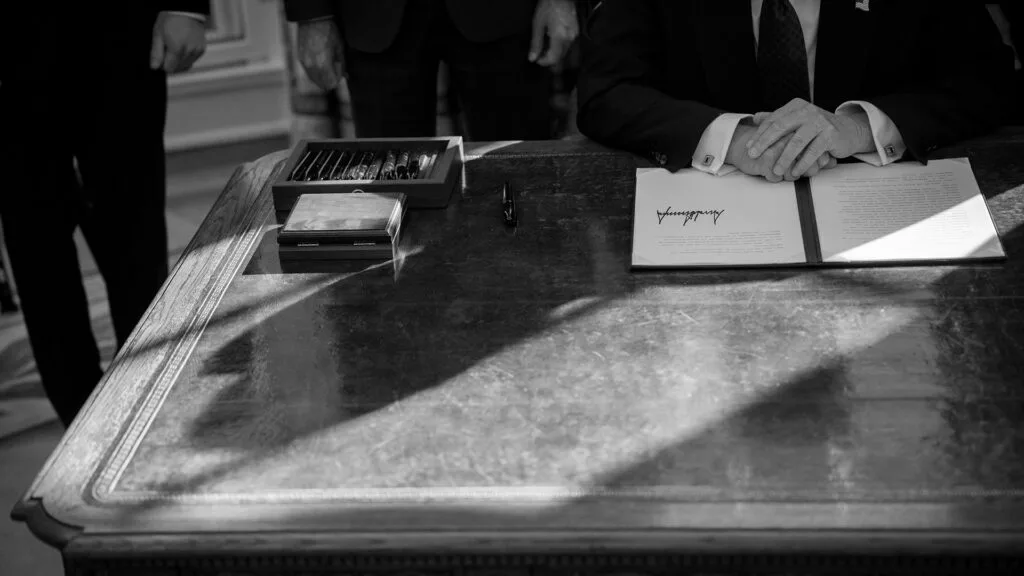Ecuador in Transition: Marcel Mettelsiefen on Documenting a Nation in Crisis
Filmmaker Marcel Mettelsiefen talks about making the documentary ‘Drug War in Ecuador,’ an on-the-ground look at how institutions, gangs and ordinary people are navigating the country’s ongoing crisis.
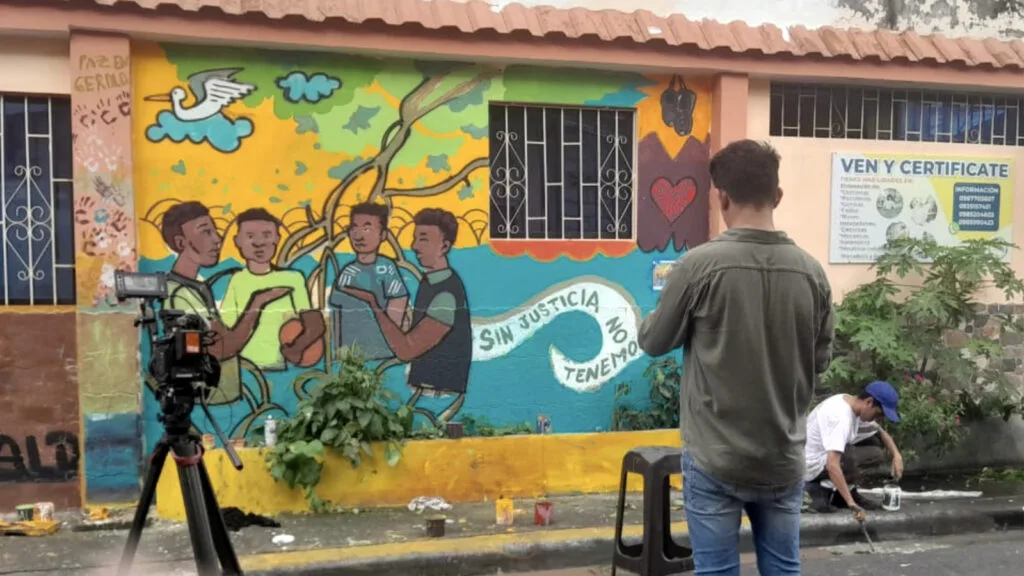
November 11, 2025
Share
Ecuador was once considered one of the safest countries in Latin America. In recent years, though, the country has grappled with an increasing surge of violence and drug trafficking — and now, this once-peaceful nation ranks among Latin America’s most dangerous.
Filmmaker Marcel Mettelsiefen’s career has taken him across the Middle East over the past twenty years for documentaries including Children of Syria. But when he saw the changing state of Ecuador, his mother’s home country, he was drawn to documenting turmoil in a new region — and doing it with nuance and multiple perspectives.
“I think the other story has been told a million times, of how a state, a government, a country can end up in this trap of the cartels and gang violence,” he said
Mettelsiefen opted for a different approach. With the narratives of religious leaders, victims of alleged state violence, government officials, and gang recruits alike, Drug War in Ecuador offers a comprehensive look at the human toll of the country’s current crisis, and raises profound questions about how institutions, gang violence, government action, and social inequality are intertwined.

In a conversation with FRONTLINE prior to the documentary’s premiere, Mettelsiefen discussed what it was like to make this film. This interview has been edited for clarity and length.
Your film follows three people navigating this tumultuous time in Ecuador from different perspectives: a priest, Father José Antonio Maeso, campaigning for an end to both gang violence and alleged military abuses; a governor, Colonel Javier Buitrón, who then led the province of Esmereldas and carried out the government’s “iron-fist” approach; and a grieving father, Ronny Medina, who is seeking justice for his 11-year-old son, who was found dead after being detained by the military. How did you find and choose to focus on each of these people’s stories?
In the beginning, I thought many of the stories coming out of Latin America seemed pretty much the same: A peaceful country turns violent because of drug gangs, and then you see the terrible decline of the country because of this drug war. I was a little afraid of ending up doing the very same thing.
So I immediately started looking for unique people and stories. When I heard about this priest who’s been there for many years and dedicated his life to the poor, I thought, okay, let’s have a look. So I went to the city of Esmeraldas and I saw that he was not only focusing on trying to help victims of structural violence and gang violence, but also those who were suffering from the response of the government, which, with the new administration in place, has been seen as deciding to fight violence with more violence.
"If we're not holding democratically elected governments accountable for their actions, we end up in a very, very dark world."
I thought, if this is going to be the topic of my story, I need to have the government perspective. So I wrote to the president’s office, I wrote to the army, I wrote to different parts of the government, and they were very reluctant to give access.
It was only the governor of Esmeraldas, the same province where the priest is active, who agreed. So it was handy to have both in the same place. And the governor very openly admitted that the situation became so terrible that the only way to fight this violence is with a very decisive “iron fist.” So I had these two sides of the coin, and I thought I needed a victim’s family.
And when the terrible tragedy happened with the four children in Guayaquil, where four boys aged 11 to 15 were seized by the military, who were shown on surveillance footage beating one of them, and then the boys were later found dead — with the military saying they released the boys alive, and they were later killed by gangs — this became such an emblematic case, that I thought I would like to see if I can gain access to one of the families. And when I found Ronny, I thought, ‘This is the missing part of the story.’

How did you build their trust?
Well, I do speak the language, which is always helpful. And I did spend time there, I went to Ecuador five times over the span of a year.
I think the biggest challenge in a country like Ecuador, where the turmoil turns on a dime, is everything looks peaceful until it’s too dangerous. It’s so unpredictable. I’m used to working in dangerous areas in this world, but it is a different kind of danger. And you need to be very low profile, you need to be very flexible.
With the governor, he was surprisingly open. He was very convinced that he’s doing the right thing. And, so is half of the population as well.
Father Maeso is this modern kind-of Jesus figure. He’s one of those left-wing church representatives you would normally find in the ’80s in Latin America, who would be there for the poor and would do social work. He was an activist who would tirelessly go around and talk to everybody, collect evidence, and obviously not try to whitewash gang violence, nor the perpetrators, but insist that violence is not the correct answer. So gaining access to him was actually quite easy because he realized that this was an opportunity to shine a light on what’s going on in Ecuador on an international level.
As for Ronny, he became an activist as well. He realized the more he speaks out, the more protected he’ll be — that the fame might actually help save him. That’s why the case became so emblematic throughout Latin America, especially in Ecuador. He ended up being the face of the fight against state violence.
I think for me, the most challenging part was to really emotionally connect to him. Because in the beginning, when he talked to me, I saw he was so traumatized that it was difficult to feel him. That’s why, in the church sequence, when I saw him collapsing, I really understood him. And I thought, this man, he has a mission. Seeing him collapsing made him so human.
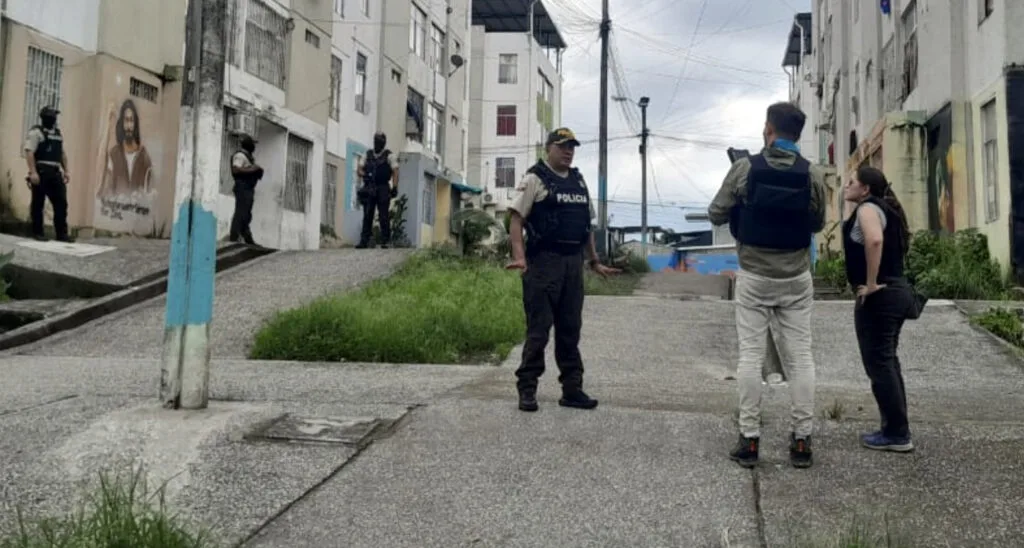
In the film, you also speak with gang recruits. Why was it important to you to include their perspective?
Well, I think it was important to understand the level of violence. In the video featured in the film which I had to blur, you see somebody being decapitated, as gang members open up the chest and rip out the heart.
It’s always risky to film somebody who advocates for the rights of criminals — that’s what the priest in this film is doing. So I needed to show that these are not angels. These are people who have done terrible things. And yet, the state is not supposed to commit the same crimes a criminal commits.
If we’re not holding democratically elected governments accountable for their actions, we end up in a very, very dark world. In no way am I whitewashing the terrible crimes committed by gang members. I’m saying that it’s also important to look at how far a state can go in its struggle against evil before becoming what it’s fighting against.
[Editors’ Note: Ecuador’s president, Daniel Noboa, has said his administration is on the side of justice and abuses will be prosecuted.]
Faith, religion, and spirituality are at the forefront of this film. Why is that? What was it like gaining access to these sacred and vulnerable spaces?
I think the circle of violence is fueled and nurtured by so many different causes — social injustice, inequality, racial inequality, but also impunity. And in a country where many say the justice system doesn’t work anymore because of corruption, here you have this one family who lost their son, and Ronny says he does not believe in justice on earth. The only way he can keep going is because he believes in God.
You have this faith in a God who would ultimately bring justice. I thought that this is such a huge part of his life — that this man goes every day, three and a half hours, to his daily mass in the church, and every day he collapses like this, I thought this was such a huge element in his life that I wanted to tell this part of the story.
The mother, Salvina, is not Evangelical so she wouldn’t go to the church, but she goes to her Santería and I asked if I could join her.
Santería is very common in all Latin America, just differently named. It’s a religion originating from Cuba that blends West African traditional practices with Catholicism. So I went there first with another person to see what her ritual was and then to gain trust of the healer. Then I went with Salvina, and I think she is even more traumatized than Ronny. She’s not letting it out. She just remains, this stone looking into infinity, almost lost, absolutely traumatized.
The film touches on the deep economic divide in Ecuador. Why did poverty emerge as a key contextual element in the story?
After years of being a relatively peaceful country, Ecuador quickly became one of the most violent countries in Latin America, and many people I spoke with said this was in part due to this social inequality.
A very small number of people hold all the wealth of the country. And you have a large part of the country that doesn’t have infrastructure, let alone any basic needs. Many people told me that if it wasn’t for the Catholic Church, which provides many social services in Ecuador, it would be worse. Father Maeso told me that the cycles of poverty and violence were interlinked in what he called a “diabolical circle.”
"A very small number of people hold all the wealth of the country. And you have a large part of the country that doesn’t have infrastructure, let alone any basic needs."
Plus, I think we are now in the Telegram, Facebook, Instagram generation. There was always social inequality, but now people see this 24-7 on their phones, on their screens, and they’re much more aware. This social inequality creates anger and indignation.
Considering that the missing boys in Guayaquil were Afro-Ecuadorian, what did you observe about how their story connected to wider racial tensions and realities in Ecuador?
Well, Ecuador, like so many other countries in Latin America, has been observed to have a lot of racism. Society is structured around class and race, and social and racial profiling, now with the state of emergency, can lead to abuses.
In the case of the four boys, you see soldiers seizing these Afro-Ecuadorian kids — and again, we are talking about kids — thinking that they are criminals. Racism can play a very big role when it comes to the destiny of large parts of the coastal population, and we saw an outcry from this population when the four boys were killed. The boys have become what Father Maeso called a symbol of “struggle, resistance and resilience.”
You captured footage in the wake of potentially high-risk events, from gang encounters to military raids. What measures did you take to protect yourself and the team, or were you working alone? And did you face any pushback or resistance to the filming itself?
I’m a one man band, so I’m filming, I’m directing, I’m producing. I work only with a driver and that’s because it’s a dangerous place. You have to stay low profile. I have a very crappy car, absolutely low-profile, so I can go in, jump out, and be in business.
It was complicated to gain access to the gangs and to the crime scenes because everything looks so peaceful until it’s too dangerous. For example, I went to film the funeral of a woman’s son. We realized while we were there that it was not a normal funeral; it was the funeral of a gang member. We immediately had to leave because the other gang was about to come, and then they started to fight.
So it’s these moments where you realize, okay, everything seems quiet, and then suddenly my driver grabs me and says we have to go. It’s very unpredictable.
Watch the Full Documentary
Drug War in Ecuador
How a once-peaceful nation is now gripped by drug cartels, violence and a military crackdown
Double Your Impact. Protect the Truth.
Bold journalism requires complete independence, and that is only possible with your support. All donations up to $100,000 will be matched. Your gift will go twice as far for FRONTLINE.
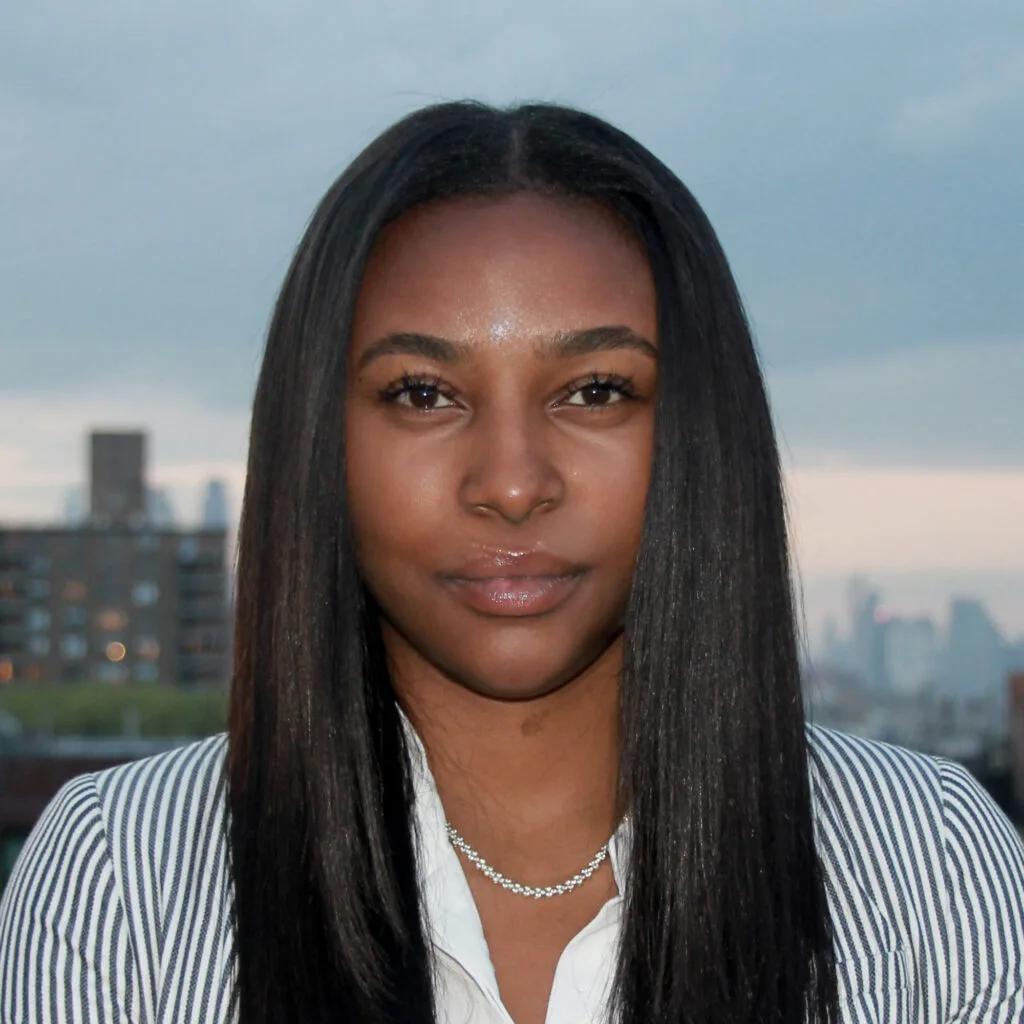
Email:
jala_everett@wgbh.orgRelated Documentaries
Latest Documentaries
Related Stories
Related Stories
Explore
Policies
Teacher Center
Funding for FRONTLINE is provided through the support of PBS viewers and by the Corporation for Public Broadcasting, with major support from Ford Foundation. Additional funding is provided the Abrams Foundation, Park Foundation, John D. and Catherine T. MacArthur Foundation, Heising-Simons Foundation, and the FRONTLINE Trust, with major support from Jon and Jo Ann Hagler on behalf of the Jon L. Hagler Foundation, and additional support from Koo and Patricia Yuen. FRONTLINE is a registered trademark of WGBH Educational Foundation. Web Site Copyright ©1995-2025 WGBH Educational Foundation. PBS is a 501(c)(3) not-for-profit organization.

